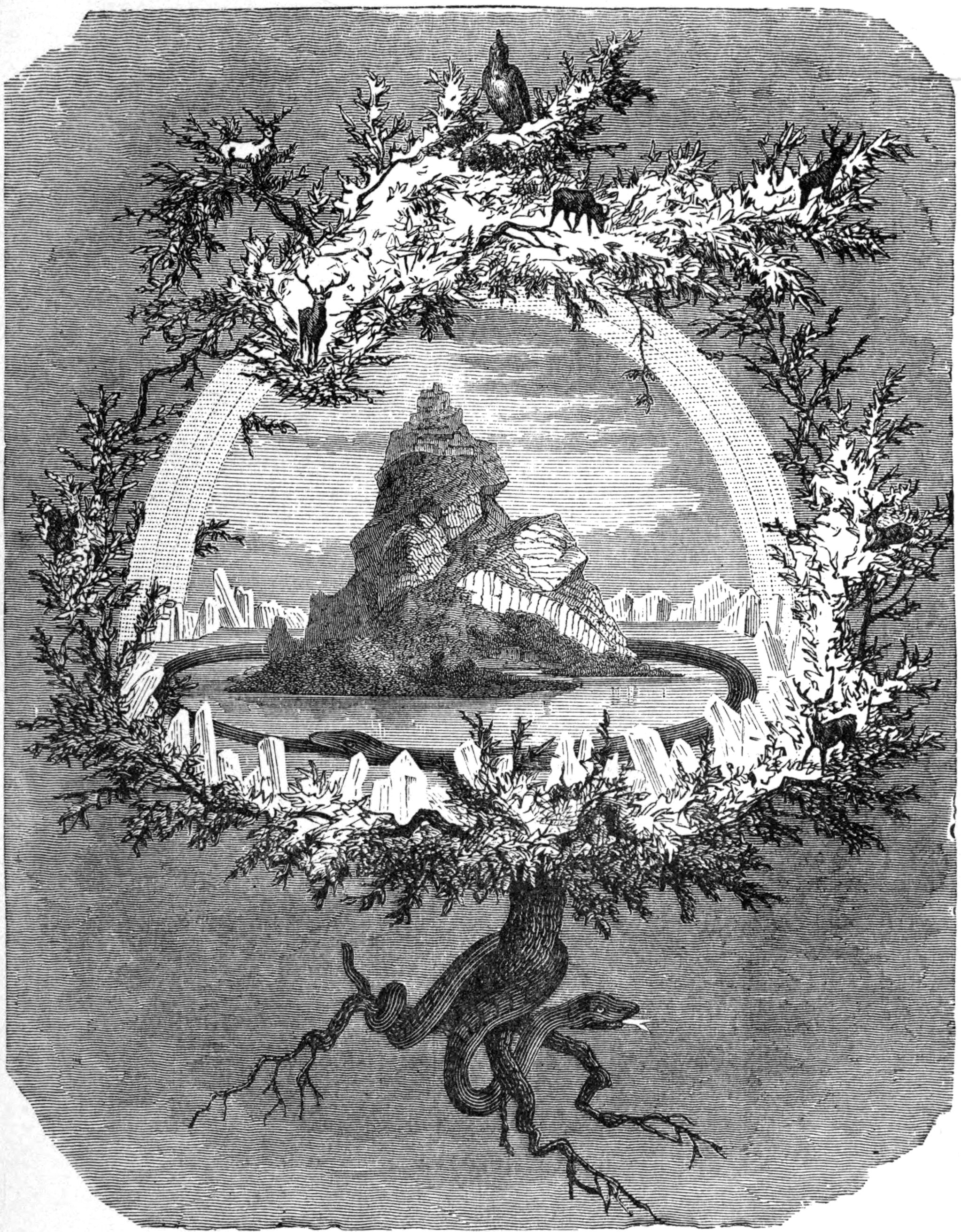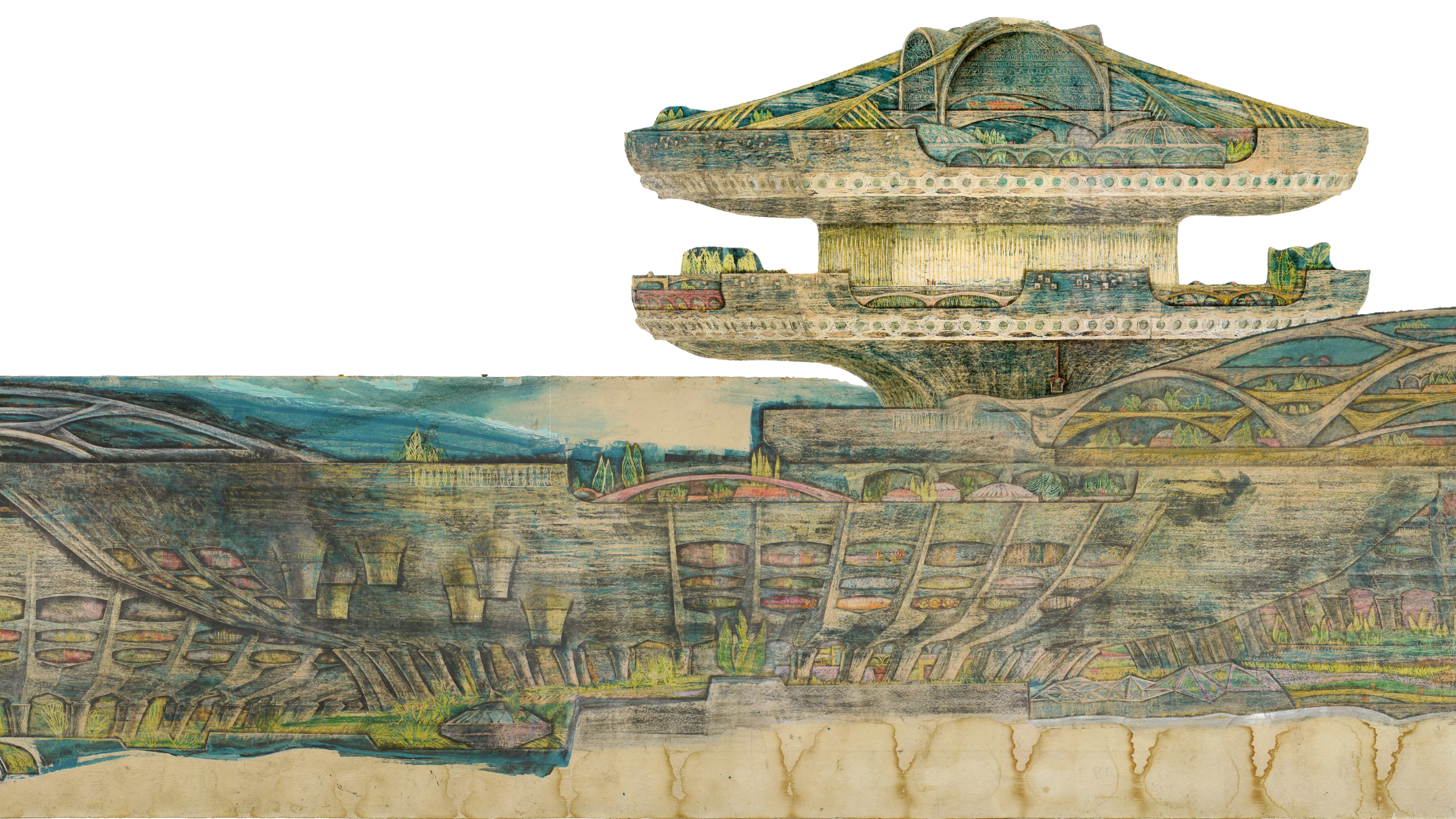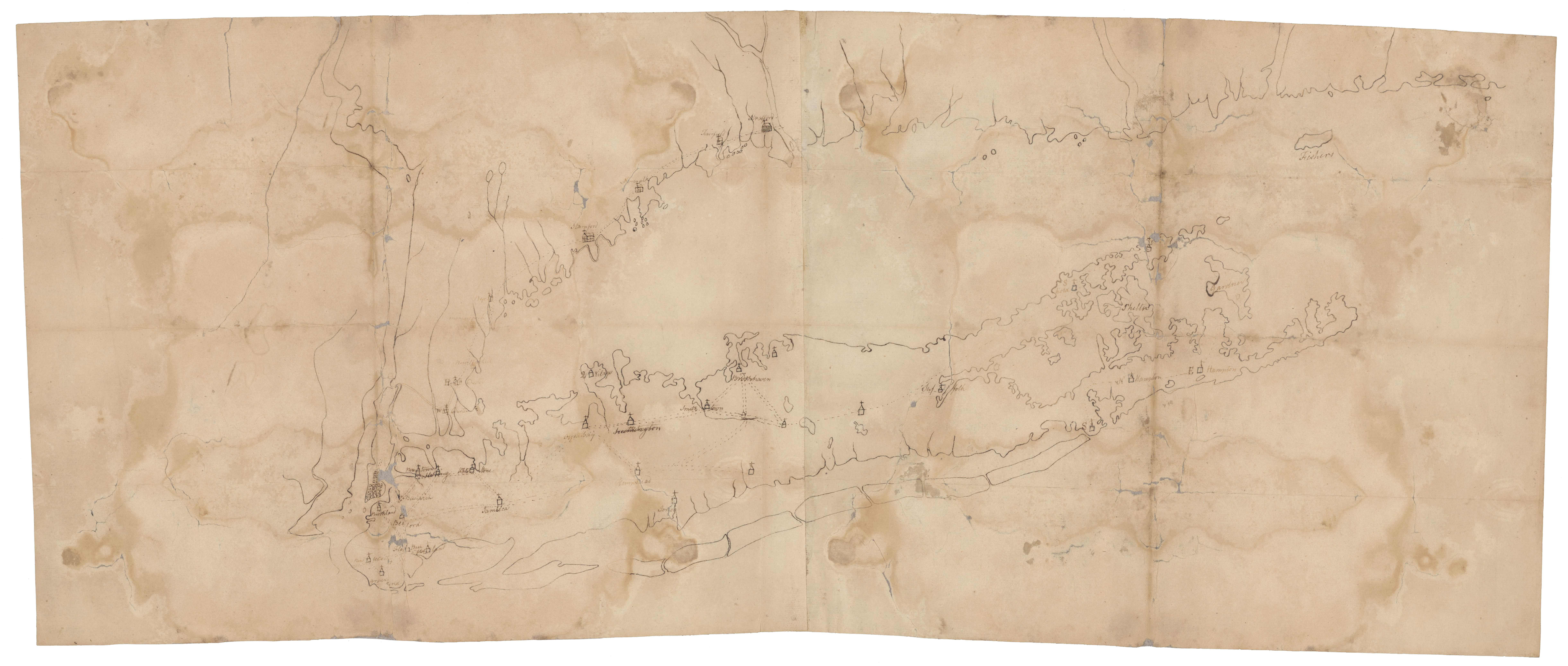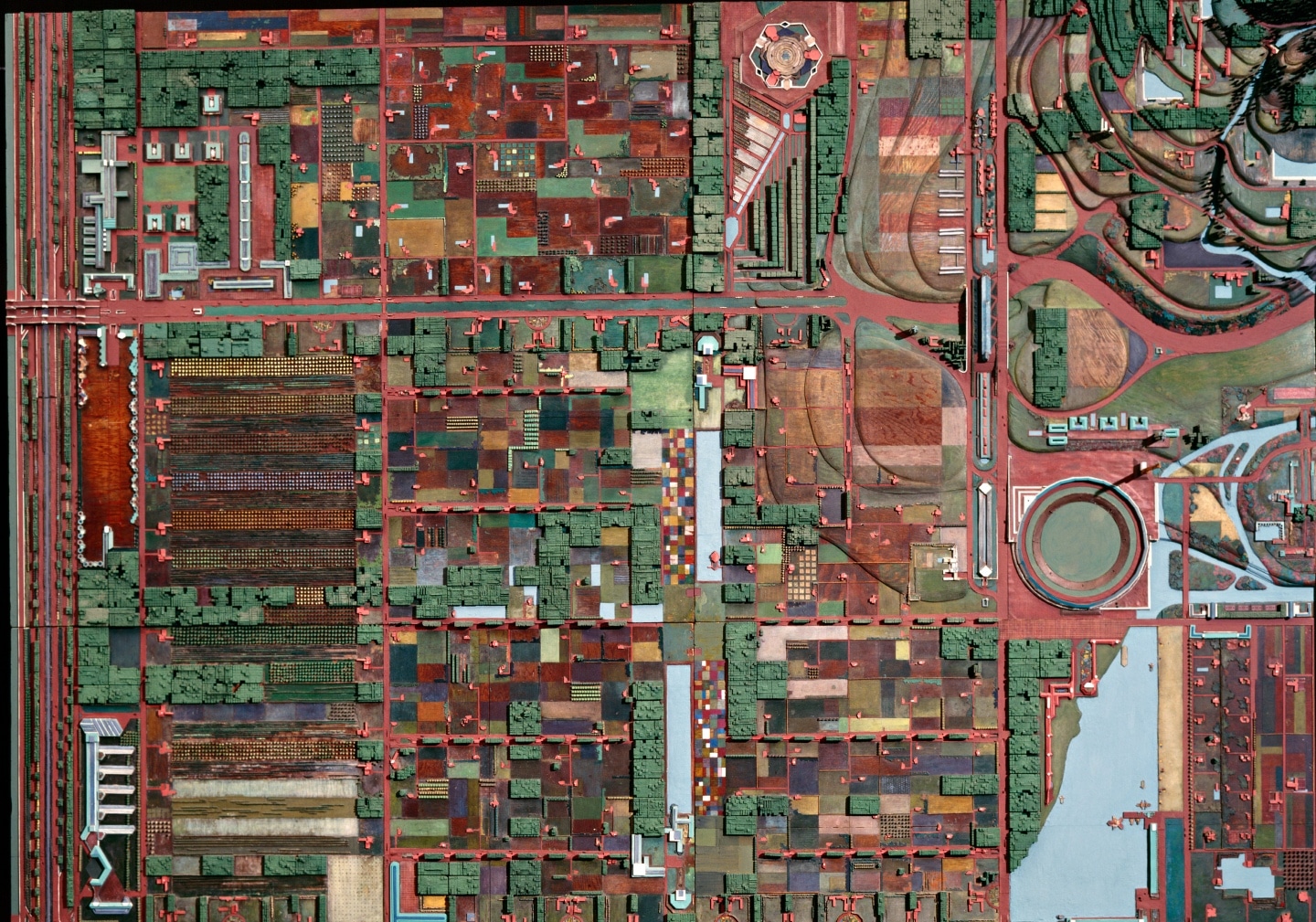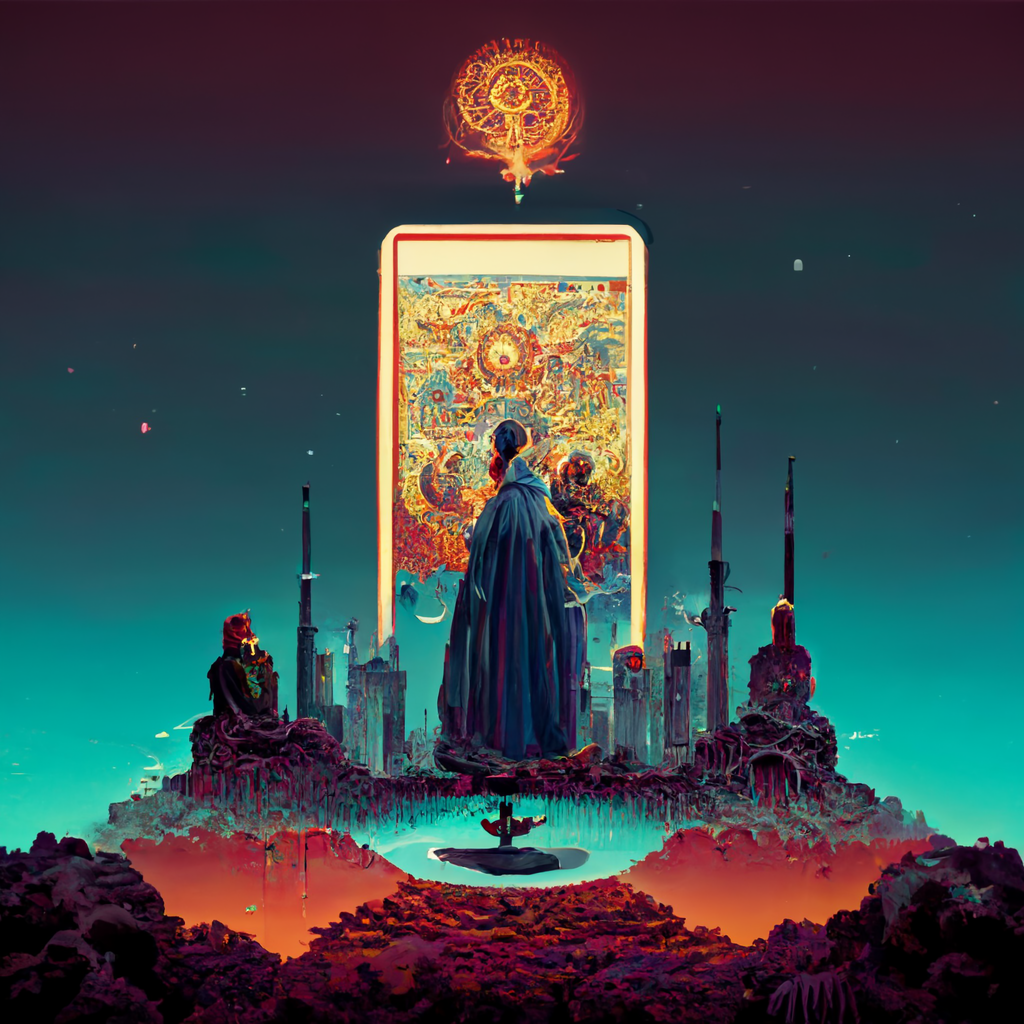Category
Subject
Tomorrow’s Myths is a collaboration between e-flux Architecture and "2086: Together How?,” the Korean Pavilion at the 18th International Architecture Exhibition, La Biennale di Venezia curated by Soik Jung and Kyong Park.
- Federico Campagna The Perfection of Mythology
- Serang Chung A Story of Eight Cities
- Eman Abdelhadi and M. E. O'Brien Sharaner Maash, or a haunting from the time before
- Yunjeong Han Ecological Communities
- Alice Bucknell Synthetic Loopholes
- Hyewon Lee The Declaration of Innocence
- Soik Jung and e-flux Architecture Editorial

